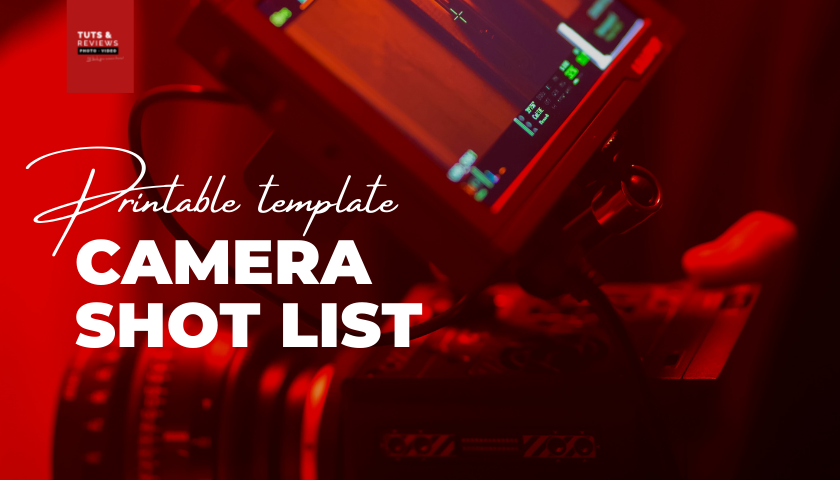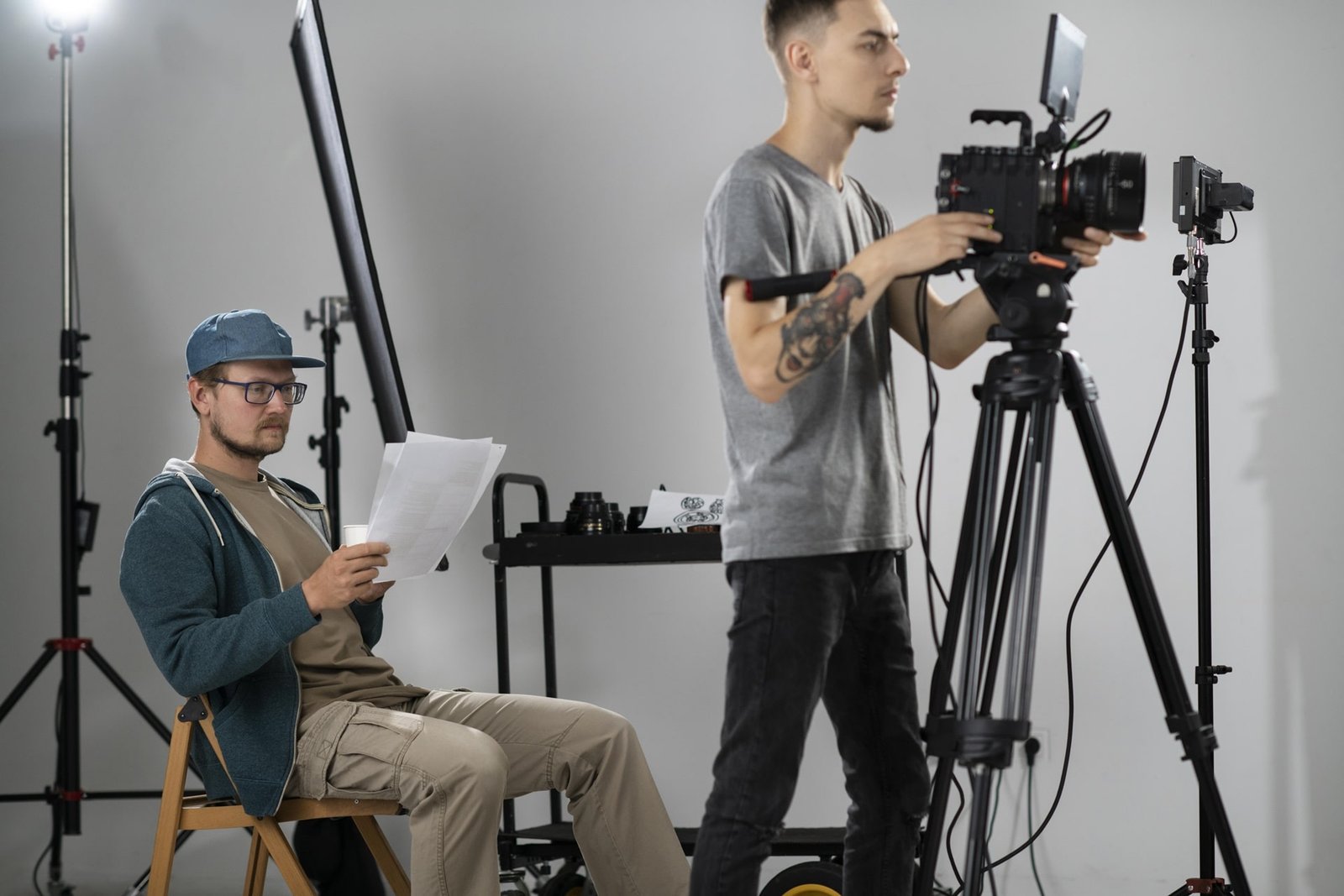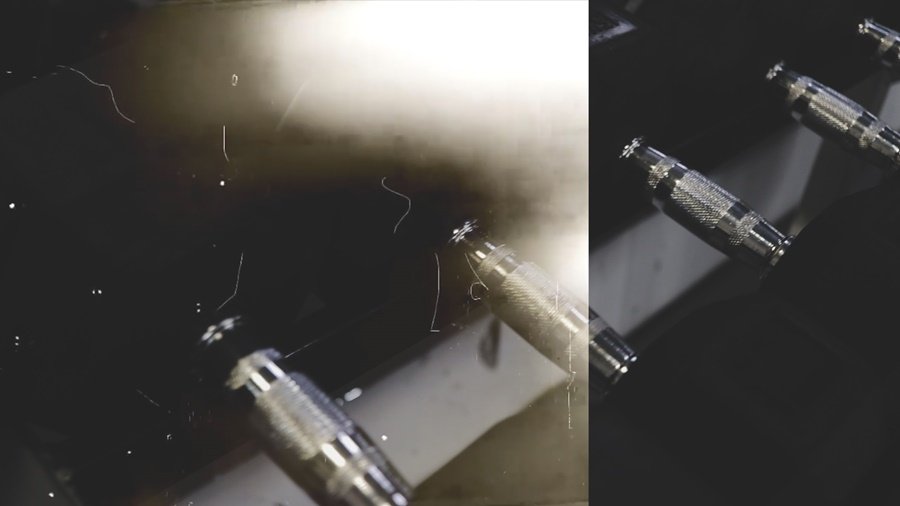Welcome to the DJI RONIN S Beginner tutorial. I will share some useful information with you about this new gimbal. Some of you might have purchased it already, while others haven’t but are probably considering to buy it.
I got mine 2 months ago and after spending some time testing it, I decided to make several tutorials and reviews about it. This is the first video related to the Ronin S and it covers some of the basic information that you need to know. The other videos will come up very soon so stay tuned!
UNBOXING
The Ronin S comes in a nice and stylish hard case. The case is very functional with a nice locking mechanism and a nice handle to carry on. It is practical if you want to travel with the ronin.
The gimbal comes dissasembled of course with each part having its own place inside the case.
When I opened the case for the first time, I was amazed how good and professional it looked. Awesome packaging, but what I liked very much is HOW IT SMELLED!! I am not kidding you, this thing smells SOO GOOD. It just smells professional, clean and looks ROBUST. Trust me, you will see it for yourself if you buy one 🙂
It comes with an awesome branded DJI pouch bag, where you store the lens accessories, the charging cable, communication cables, screws, alan wrenches and etc. It’s very nice and practical.
TRIPOD LEGS
This is the bottom part, the tripod legs. It has an amazing grip, very nice to hold, it’s not slippery at all. I had my hands all in sweat several times but I never felt like the ronin would slip out of my hands. And that is amazing and extremely important.
The tripod legs will help you to put down the ronin and not to carry it all of the time. It is very practical and the build is awesome. It is sturdy, robust and made of strong material so as soon as you touch it you will feel that it is going to handle the weight of your camera and the gimbal itself without any problem.
POWER BRICK
This is the power brick which has a usb connector. There is a cable in the accessories that connects on one side with the power brick and on another with the usb-c port on the Ronin. I will show you during the video how to charge the Ronin S.
PLATE
This is the mounting plate. It is not a Manfrotto plate but allegedly it is compatible with Manfroto. I am not able to confirm that because I don’t have a Manfrotto tripod. What I can say is that the plate is very nice, easy o attach and detach from the Ronin.
GRIP
This is the battery grip. It is a bit hard to get it out of the case hahah. It is amazing to hold, very well built. At the bottom it has 1/4 inch hole and a bigger one too (2/3?). There is a turning ON/OFF button, and also a small info how to actually turn the ronin on and off, which I like very much. It is a small detail but sometimes you forget or mix up the way of turning on with some other gear. So this detail is very handy.
The grip is not slippery, it’s built very professionall. Even when you hold the ronin for a long time, it still feels awesome in your hand.
This is the mounting point on the grip.
The grip is the part that you actually need to charge in order to operate the gimbal.
This is the main par, the gimbal itself. A bit hard to get out of the case hahah
Here you can see the controls – the buttones. It feels awesome in the hands, very nice and strong material, feels professional, robust and smells good. I like the logo on the side too 🙂
HOW TO ASSEMBLE THE RONIN
To assemble the Ronin S, first attach the extended grip (or the tripod legs) to the Ronin S battery grip
After that, attach and lock the battery grip to the gimbal, using the locking latch. Make sure to lock these two parts after attaching. You will not be able to push the lock till the very end, but don’t worry it should be like that. It is built that way.
The next step is to add the lens support accessories on the mounting plate.
Now, you should mount the camera on this plate and then slide it into the gimbal. There is this arrow which shows you the direction in which you should slide the mounting plate.
Make sure to unlock the mounting head in order to be able to slide the plate, and afterwards lock it again. You will be able to move the plate according to the size of your camera and lens.
When you try to detach the plate, there is this small button on the side which you need to press, as well as unlock the mounting head of course.
Depending on which camera you use, you might need to attach one more cable. I am a Canon user (at least for now) so I don’t need to attach a connecting cable because the Ronin S does not have full compatibility with canon cameras regarding focus and camera controls.
BALANCING THE RONIN S
Attach the camera and slide it on the gimbal, as explained in the previous part of this video.
The absolutely worst thing about this gimbal is the balancing process. For me, it is terribly painful. It could be a deal breaker for many begginer users.
When I set up the Ronin for the first time, it took me more than 1 hour to balance the camera. I was shocked and pissed off. It’s true that this is my first gimbal ever but I did not expect such a complicated balancing process.
I was following the official instructions from DJI step by step. I had a lot of issues, not every step was as they described.
And still after using it for a while, whenever I try to balance a different combination of a camera and lens, I still have issues. But in the end I realized that the best and fastest way is to take measurements and photos of each setup you use and save your time and nerves. I advise you to do the same, it will help you a lot.
In order to understand the balancing process, first let’s learn the names of all 3 axes.

In the video you can see a Canon 80d and a 24mm lens mounted on the Ronin S. Before making this footage I balanced the camera so you can see how it should look like.
The first step is to attach the camera and the mounting plate. Make sure to unlock and then lock this part so your camera can stay still. Move the camera on both sides according to the size of your setup. Make sure to tighten the camera with screwdriver just so it doesn’t loosen up.
GET THE RONIN S AT AWESOME PRICE
HERE
The camera should not be leaning forward or backward. It should be leveled up. At this point you will probably need to hold the roll axis with your hand in order to check if the camera is leveled properly.
Next step is to adjust the tilt axis. This will also depend on the size of your gear. You have a knob here which needs to be unlocked in order to move the tilt axis. You can move the camera up and down according to it’s leaning forward or backward. When the camera can remain still no matter which angle is at the tilt axis balance is completed.
Next step is to adjust the roll axis. To balance the roll axis hold the camera up right then let go and see which direction it leans towards. Unlock the roll axis lock knob and move the assembly horizontally until the camera can stay still when tilted in either direction.
The next step is to balance the pan axis. You can move it forward or backward, again depending on the direction to which the camera is leaning. This is the locking knob for the pan axis.
When you finish with the pan axis perform a test of the balancing by turning the camera up like this, and if it stays still, it is well balanced; then turn it in the opposite way – it needs to remain still in this position too. Next step is to turn it 45 degrees in both directions and check if it remains still.
In case you need to move the camera left or right, to give it more or less space from the tilt axis, you have this bottom locking knob here.
If all axes are balanced properly, the camera should stay still when set at any angle. When you lean it on both left and right side with the gimbal itself, it should stay still.
For more details regarding balancing, check the official DJI video and follow step by step, but don’t be affraid if you can’t get the balancing perfect in milimeter. It happens to me too, but try to get it balanced as much as possible.
TURNING ON & RONIN APP
Before turning on the Ronin, make sure to charge it because it doesn’t come charged. Take the power bank, take the charging cable, connect it with the ronin and plug it to charge. Easy – peasy 🙂
After charging, turn it on by pressing this button on the battery grip ONCE. You will see the green light indicators which show you how much of the battery is charged. And on the other side you have the info on how to turn on and off the ronin, in case you forget.
After turning on the grip, you need to turn on the gimbal motors by press and hold of this button. When you turn it on, these three lights will show up as red and then one will turn green.
Now make sure to install the Ronin app. Go to app store or play store, and download the DJI RONIN app. I have downloaded it already. You just need to follow the steps and install it.
Turn on the bluetooth on your phone. Open the app and connect with the ronin S. In the user manual (which you can download from DJIs website) you have the general password – which is 12345678; Use it and afterwards change it to your own.
Once you connect the app with your ronin, next time it will be automatically recognized and you will just need to hit this blue button “connect to ronin”.
Inside the app you have multiple options – like configuration, which offers you to set up motor parameters, smooth track and set up the main settings;
Under the tab CREATE, you can find the creative options this gimbal offers like panorama, timelapse, motionlapse, tracking, and to simply record video by navigating via the app.
In some of my next videos I will show you how you can use these options and get maximum from the Ronin S.
AUTO TUNE
Now that the gimbal is balanced it’s time to tune the motors for the best performance. Go to configuration and then motor parameter. Press auto tune and wait for several seconds. Don’t get scared by the sound the ronin s makes while autotuning. It is totally weird hahah
You can do this either through the app or by holding down the M button and the front trigger for three seconds until the profile indicator
starts blinking. When the indicator turns solid green Auto tuning is complete.
I usually do the auto tune through the app.
After the auto tune is done, the ronin s is ready to operate. You have 3 different modes to choose. Each mode gives you different options. The joystick works differently in different modes.
GET THE RONIN S AT AWESOME PRICE
HERE
When you move the camera with the joystick or by moving the gimbal itself, you can always re-center it by double tapping the front trigger.
To switch between modes, just click on the M button.
If you want to turn on the selfie mode, tap 3 times on the front trigger. To get it back to the standard position, tap again 2 times and the ronin will get re-centered.
TURNING OFF
In order to turn off the ronin s, first press and hold this button to turn off the motors, and then turn off the battery grip by pressing the button once and then press and hold for 2 seconds (like you do with the DJI drones, if you own one).
That’s all for this beginner video guys. I hope you found out something useful. I will be posting some more videos about this amazing gimbal so stay tuned!
Tuts and Reviews is a photography & filmmaking resource site. We find and feature freebies from around the web provided by trusted sites and photographers as well as video or film creators. Make sure to browse our listing in the Freebies section! We also create our own digital products (free & paid) which you can check in our shop. Follow us on Facebook.








